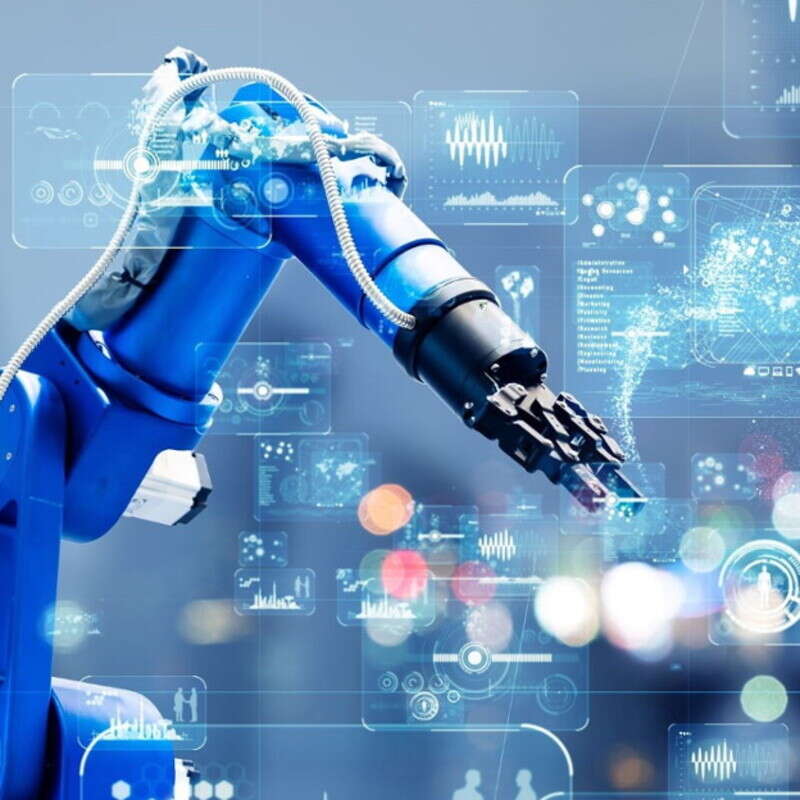Boyden's Patrick Naef explores Product Technology vs. Process Technology in part 3 of The Future Role of the CIO series.

Product Technology vs. Process Technology
In most companies the responsibility for Product Technology and Process IT are still strictly separated. Product Technology (or Operational Technology OT) is the technology that forms part of the products and services produced and offered by the company. Process IT in turn is the technology used to automate and optimise internal and external processes, i.e. an ERP, sales or supply-chain system etc. Typically, the CIO is in charge of Process IT and someone else (Product Development, CTO etc.) is in charge of Product Technology.
With the Product Technology becoming more and more digitalised (i.e. IoT embedded in products, software defined products etc.), it is becoming difficult if not impossible to separate the two. The close interaction and alignment of the two are essential. Methods and patterns well established in Process IT need to be adapted to Product Technology, such as cybersecurity or the ability to interact with and update products way beyond the delivery of the products to the customers. A good example is the car manufacturer Tesla, who realised that their vehicles are not “finished” products when they leave the assembly line but need to be constantly updated and therefore also constantly connected to the product life cycle management system (PLM) of the back-end ERP system. The shift from hardware into software (software defined products) amplifies this effect. A new model for Tesla is often just a software upgrade and customers can buy additional performance and features (i.e. additional battery capacity) on-line and get the additional functionality provisioned to their vehicle instantly and on-line, without having to take the car to a service station or garage.
This shows, that the times of the separation of Product and Process IT are over. With the digitalisation of products, the two disciplines converge and become an inseparable unit. Therefore, the traditional separation of the role of the CIO as the person in charge for Process IT only, while a CTO is in charge of Product technology will disappear. Either the future CIO manages to position him/herself as the person who also drives product innovation through technology, or she/he will become irrelevant, looking after some parts of the infrastructure and legacy back-end systems.
With a business-minded CIO that also drives the digital agenda of his/her company including the innovation and digitalisation of products and services, the CIO role moves out of the back-office and into the core of the products and services. Focusing more on strategic topics of technology as an enabler for new business models, products and services, driving innovation through technology (including product innovation) is one of the key priorities of the future CIO.
This however also requires that the CIO is capable of working and thinking in networks, rather than just the traditional hierarchical thinking. Not reporting lines but the impact one can make on the business is relevant in networked structures.




